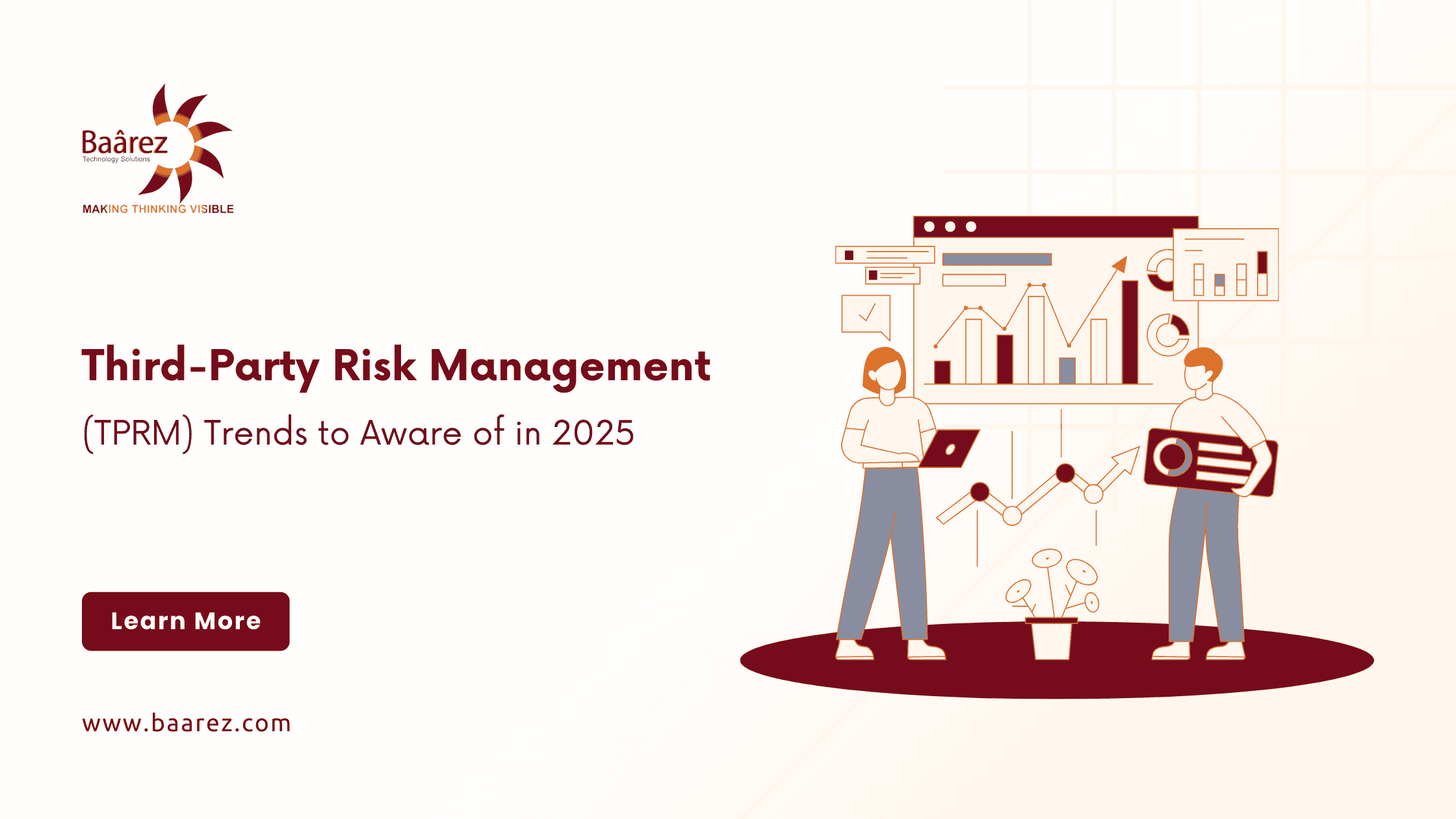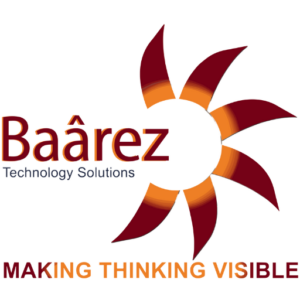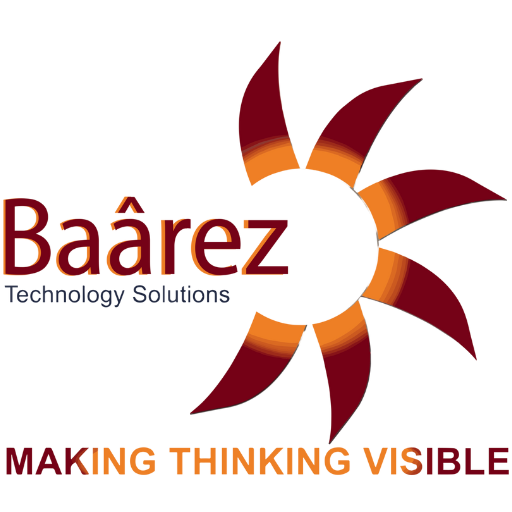
As businesses face an increasingly interconnected world, third-party partnerships bring added risk, with significant data breaches continually on the rise. In 2022 alone, over 422 million individuals’ data was compromised due to third-party vulnerabilities. With more partnerships on the horizon, companies need an effective, adaptable approach to AI third-party risk management (TPRM) to guard against evolving cybersecurity threats.
To help you safeguard your organization, here are seven key TPRM trends you should prepare for in 2025.
Table of Contents
Toggle1. Expanding Attack Surfaces with IoT
The expansion of the Internet of Things (IoT) is dramatically increasing organizational attack surfaces. As more businesses integrate IoT devices across operations, each connected device represents a potential vulnerability, especially in a vast supply chain where third-party vendors’ systems can also be compromised. One study projected that by 2030, over 124 billion IoT devices will be in use, creating significant opportunities for cybercriminals to exploit poorly secured endpoints.
To combat this threat, organizations must increase visibility across their vendor ecosystem. Tools like Baarez’s VerifAI provide centralized monitoring, customizable security assessments, and effective remediation workflows, enabling businesses to identify and mitigate risks before breaches occur.
2. Rising Vendor Risks and Vulnerabilities
Outsourcing is on the rise, with more companies depending on third-party vendors for critical operations. However, this dependence opens doors to new levels of vulnerability, as seen in sophisticated attacks like SolarWinds. Experts expect cybercriminals to shift focus toward supply chains, as these interconnected systems present wider attack opportunities compared to targeting individual companies.
Organizations can strengthen TPRM strategies by keeping accurate vendor records, automating risk assessments, and continuously monitoring for threats. Using Baarez’s VerifAI, companies can assess vendor risk across various vectors and maintain real-time oversight, ensuring compliance and resilience.
3. Convergence of Vendor and Internal Risk Management
Historically, businesses managed internal and vendor-related risks separately. However, as supply chains expand, the distinctions between internal and third-party risks blur, necessitating a more unified approach to cybersecurity. Modern regulations increasingly hold businesses accountable for their vendors’ practices, making comprehensive risk management essential.
To enhance protection, organizations should integrate vendor risks into their overall security frameworks. By consolidating risk data across internal and external sources into a single, secure database, tools like Baarez’s VerifAI help companies streamline monitoring and fortify their entire cybersecurity posture.
4. Enhanced Focus on ESG Compliance
Environmental, Social, and Governance (ESG) criteria are gaining traction, as stakeholders expect companies to maintain ethical, sustainable practices. This trend extends to third-party relationships; companies are increasingly choosing partners aligned with their core values. While there’s no single standard for ESG compliance, popular frameworks include the Global Reporting Initiative (GRI) and the Sustainability Accounting Standards Board (SASB).
Organizations can get ahead of ESG demands by evaluating potential vendors based on customized compliance metrics. Solutions like Baarez’s VerifAI support this by helping companies align their values with those of their third-party partners, ensuring responsible and compliant vendor relationships.
5. Automation in TPRM Processes
As TPRM requirements grow more complex, manual monitoring methods have become outdated. Automated tools, powered by artificial intelligence and machine learning, are now essential to tracking and mitigating third-party risks efficiently. Automation not only improves response times but also boosts risk identification accuracy, ensuring comprehensive 24/7 vendor monitoring.
By adopting automation, companies can streamline vendor risk assessments, improve decision-making, and optimize their TPRM programs. Baarez’s automated workflows allow for rapid risk identification and facilitate vendor due diligence, enabling organizations to address threats swiftly and maintain strong vendor relationships.
6. Persistent Zero-Day Vulnerabilities
Zero-day vulnerabilities, which involve unpatched software flaws, have seen a notable rise in recent years. With attacks increasing, such as the MOVEit exploit impacting 122 organizations and exposing data for 15 million individuals, zero-day risks are a formidable threat. This issue underscores the need for organizations to adopt a zero-trust approach in their TPRM programs.
A zero-trust model minimizes reliance on trust and requires rigorous verification for every interaction. By implementing Vendor Privileged Access Management (VPAM) and conducting detailed vendor risk assessments, businesses can strengthen third-party security. Companies regulated by cybersecurity mandates, like the U.S. Cybersecurity Executive Order, are leading the charge in adopting these protective measures.
7. Increasingly Stringent Data Privacy Laws
Global data privacy regulations, first pioneered by the EU’s GDPR, are being adopted worldwide. Over 71% of countries now enforce some form of data protection legislation, with additional U.S. states implementing privacy laws. In the coming years, organizations will face a growing number of compliance challenges, including those associated with their vendors’ data practices.
To stay compliant, companies should establish thorough onboarding and assessment protocols within their TPRM programs. By rigorously vetting third-party vendors, businesses can mitigate privacy risks, ensuring both operational integrity and regulatory adherence.
How Baarez’s helps with TPRM
Baarez’s VerifAI platform empowers organizations to streamline their AI TPRM programs and address emerging trends with ease. Key features include:
- Artificial Intelligence (AI) and Machine Learning (ML)
- Remediation
- Real-time security alerts
- Report Generation
- Comprehensive risk assessments and questionnaires
- Customizable remediation workflows
- User-friendly Interfaces
- Centralized vendor monitoring and management
With Baarez, businesses can assess and mitigate vendor risks in one unified dashboard, conduct thorough vendor evaluations, and meet regulatory standards with built-in compliance tools.
Final Thoughts
As third-party risks continue to grow, a proactive approach to TPRM is crucial. By staying ahead of these trends and leveraging tools like Baarez, organizations can safeguard against vulnerabilities, ensure regulatory compliance, and maintain robust partnerships in today’s complex business environment.


